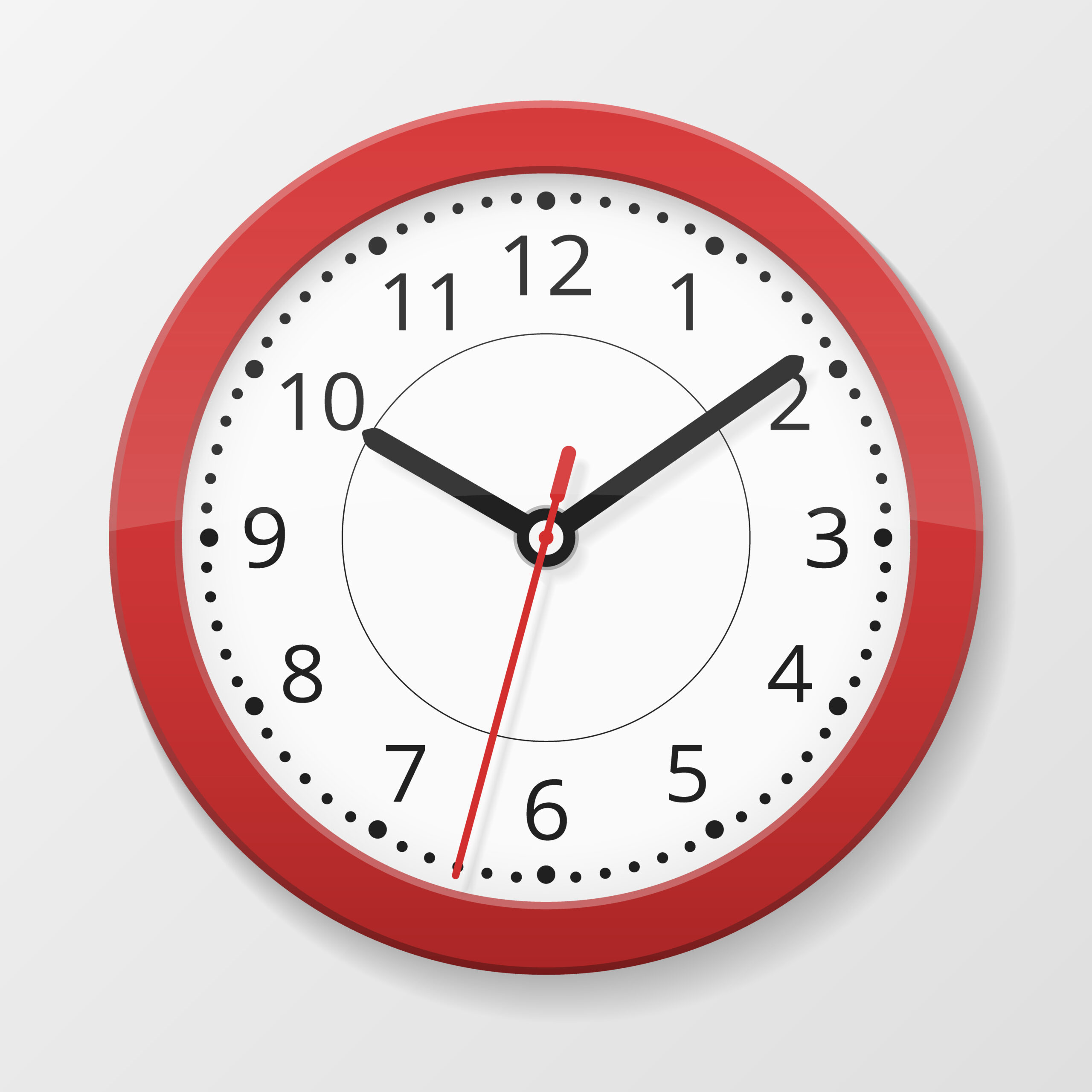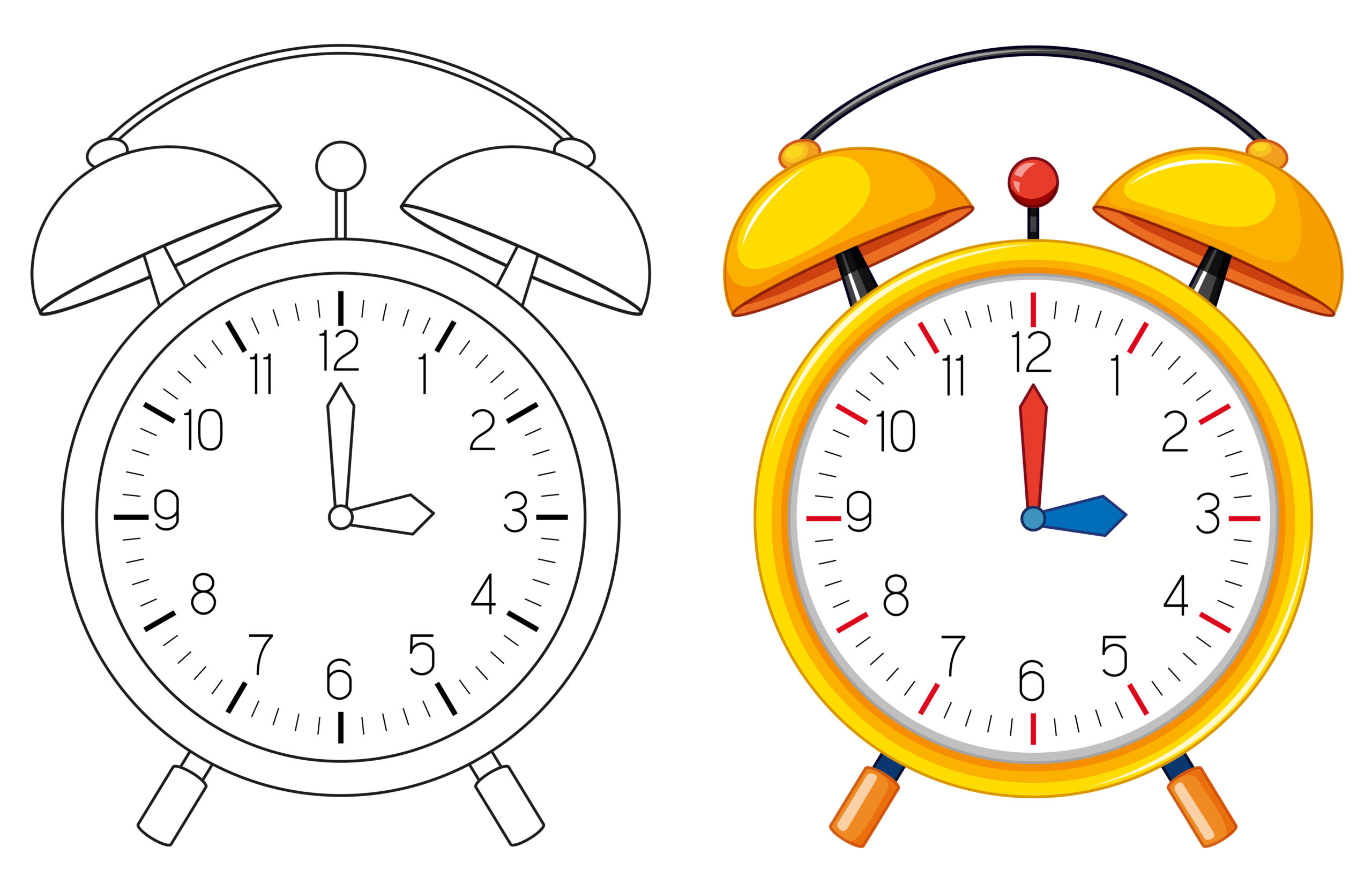Unveiling the Mysteries of Timekeeping
How Many Numbers Are on a Clock
Have you ever stopped to ponder the intricate design of a clock? The seemingly simple arrangement of numbers on a clock’s face carries a fascinating history and purpose. In this article, we will dive into the captivating world of timekeeping, exploring the origins, significance, and exact count of numbers on a clock. Let’s embark on this journey to unravel the mysteries that revolve around the clock’s face.
Table of Contents
How Many Numbers Are on a Clock
Introduction
Clocks, ubiquitous in our lives, silently guide us through the passage of time. But have you ever wondered about the numbers that mark their faces? These numbers aren’t just arbitrary symbols – they carry historical, cultural, and psychological significance.

The Historical Evolution of Clock Faces
Clock faces have a rich history dating back to ancient civilizations. From sundials to mechanical clocks, the way numbers were displayed has evolved over time. In early sun clocks, the numbers were not standardized, often etched into various shapes.
The Role and Significance of Numbers on Clocks
Numbers on clock faces serve as navigational tools through time, aiding us in appointments, schedules, and everyday life. They symbolize the ordered progression of time and connect us to the rhythms of the universe.
Counting the Numbers: How Many Are There?
You might be surprised to learn that a standard clock features not one, but twelve numbers. Each numeral, from one to twelve, has its place on the clock’s face, demarcating the hours.
The Influence of Cultural Variations
Different cultures have brought their own twist to clock design. Some Eastern clocks feature twenty-four hours, while certain historical clocks have omitted numerals altogether, relying solely on clock hands for interpretation.
The Symbiotic Dance of Numbers and Hands
The harmonious dance between clock hands and numbers allows us to effortlessly read time. The spatial arrangement of numbers facilitates quick time-telling, while the hands glide gracefully, emphasizing the ongoing temporal flow.
The Intricacies of Clock Number Fonts
The font choice for clock numerals might seem trivial, but it plays a role in both aesthetics and functionality. Clear, legible fonts ensure accurate timekeeping, while ornate fonts can turn a clock into a work of art.
Digital vs. Analog: A Numerical Comparison
In the digital age, digital clocks have become prevalent. But the shift from analog to digital raises questions about the essence of time representation. Analog’s gradual movement versus digital’s instantaneous change impacts our perception of time.
Teaching Time to the Youngest Learners
Clocks offer a tangible way to introduce time to children. Learning to read clock numbers and grasp concepts like “half-past” and “quarter to” fosters cognitive development and time management skills.
Clocks as Artistic Expressions
Clock designers often turn the clock face into a canvas for artistic expression. The numbers’ arrangement, style, and colors can evoke emotions and tell stories, making each clock a unique masterpiece.
The Psychology of Number Placement
The placement of numbers isn’t random; it follows cognitive psychology principles. Clockwise arrangement resonates with our reading habits, facilitating quick time interpretation without conscious effort.
Numbers as Temporal Markers
Numbers on a clock serve as temporal signposts, breaking the infinite expanse of time into manageable units. They remind us that time, like life, is a journey composed of individual moments.
Clocks Beyond Time: Their Symbolism in Various Contexts
Clocks have transcended timekeeping, becoming symbols of mortality, precision, and inevitability. They feature prominently in literature, art, and philosophy, capturing the human fascination with time.
The Fascination with Clock Numerals in Pop Culture
From films to literature, clock numerals often appear in metaphorical contexts. They can represent urgency, impending change, or the cyclical nature of life, adding depth to storytelling.

Conclusion
Clocks, adorned with their array of numbers, are more than mere tools for timekeeping. They are windows into history, culture, and human cognition. The next time you glance at a clock face, remember the hidden layers of significance beneath those numbers.
FAQs
Are there any clocks with more than twelve numbers?
While some specialty clocks might feature additional numbers for specific purposes, standard timekeeping clocks generally stick to twelve numerals.
Why do some clocks have Roman numerals instead of Arabic numerals?
Clocks with Roman numerals often exude a classic and elegant aesthetic. They harken back to ancient times when Roman numerals were commonly used.
How do digital clocks represent time without hands?
Digital clocks use numerical digits to display time in a format that mirrors the traditional hour and minute hands of analog clocks.
Do different cultures interpret clock numerals differently?
Yes, cultural variations can influence how time is displayed on clocks. Some cultures use twenty-four-hour formats, while others have unique symbols for hours.






